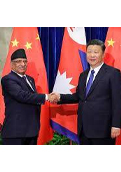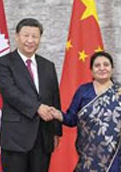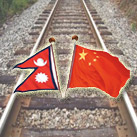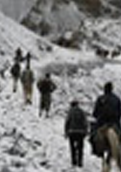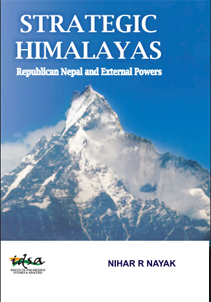Prachanda’s Visit to China: Opportunities and Challenges
Nepali Prime Minister Pushpa Kamal Dahal’s visit to China on 22 September 2023 assumes significance, given the growing engagement of China in many sectors of Nepalese economy in the last few years.
- Saurav Raj Pant
- September 20, 2023


